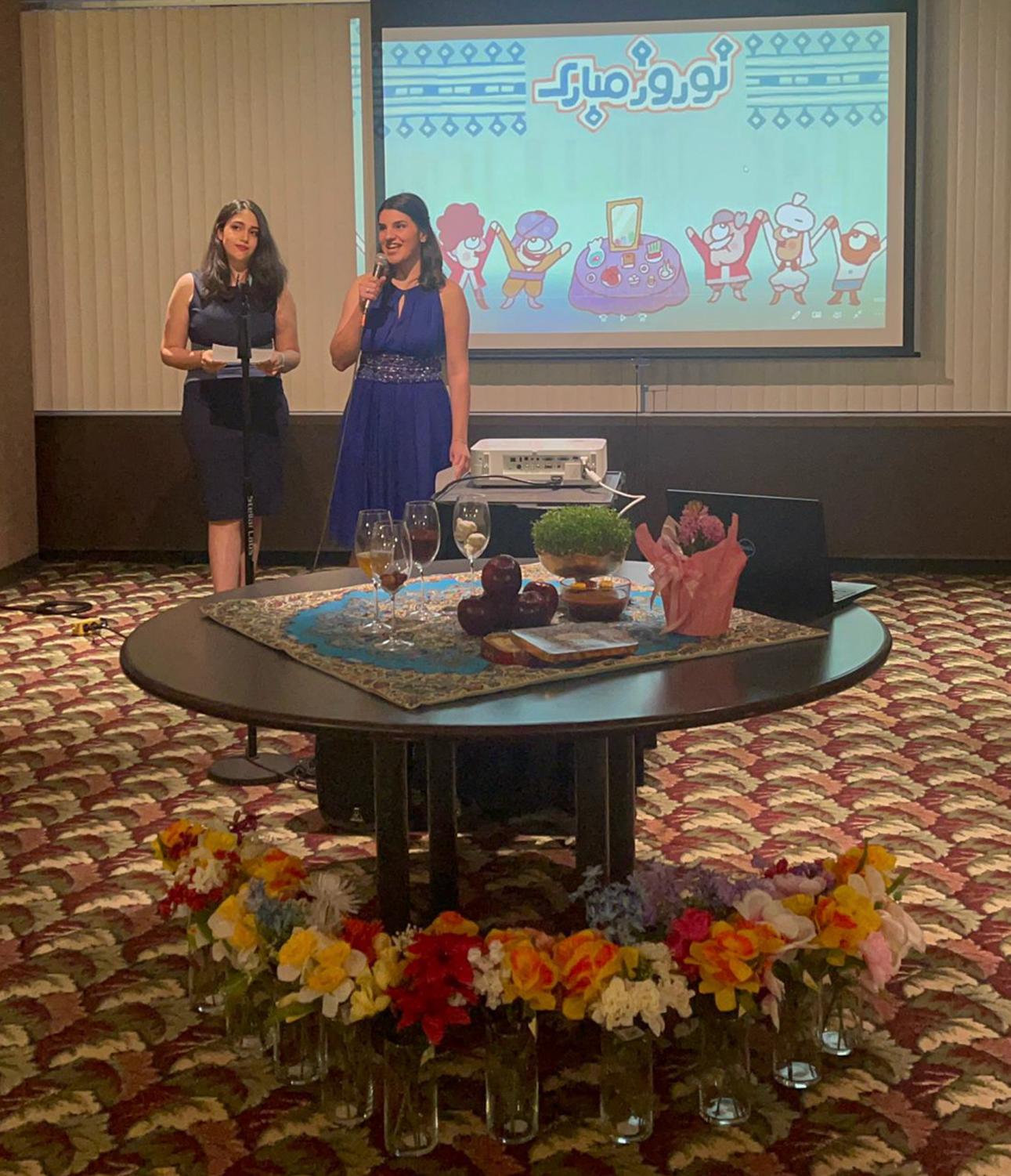Persian New Year welcomes spring
March 30, 2023
Nuroz, also known as Nowruz, is the Persian New Year that is celebrated on the first day of spring, which usually falls on March 20 or 21. This ancient holiday has been celebrated for more than 3,000 years in Iran and other countries such as Afghanistan, Tajikistan, Azerbaijan, and parts of India and Pakistan.
The word Nuroz means “new day” and marks the beginning of a new year in the Persian calendar, which is a solar calendar based on the position of the sun. The festival represents the rebirth of nature after the cold winter months and is a time for renewal, hope, and positivity. The main focus of this 13 days of holiday is to bring people and families together to celebrate the rebirth of the Earth.
The celebrations for Nuroz typically begin a few weeks before the actual day, with people starting to clean their homes and prepare for the holiday. One of the most important rituals of Nuroz is the Haft-sin table, which is a table decorated with seven items that begin with the Persian letter “sin.” These items usually include Sabzeh (wheat, barley, or lentil sprouts), which symbolizes rebirth and the arrival of spring. Samanu (sweet pudding) represents wealth and fertility. Senjed (dried oleaster fruit) signifies love and affection. Sir (garlic) represents health and healing. Sib (apple), symbolizes beauty and health. Somagh (sumac), signifies the color of sunrise and the new dawn of a new year. Serkeh (vinegar) represents patience and age.
Advertisement
In addition to these seven items, some people may also include other items on the Haft-sin table, such as a mirror (representing reflection and self-reflection), a candle (representing enlightenment and happiness), and decorated eggs (symbolizing fertility and new beginnings).
Overall, the Haft-sin table represents the renewal of life, hope for a prosperous new year, and the values that are important in Persian culture. Another popular tradition during Nuroz is the practice of jumping over bonfires, which symbolizes the idea of leaving behind negativity and starting anew. People also visit friends and family, exchange gifts, and feast on delicious traditional dishes.
Nuroz is not only celebrated in Iran and the surrounding regions, but also around the world by millions of people of Persian descent. In fact, in 2010, the United Nations recognized Nuroz as an international holiday, highlighting its importance as a symbol of cultural diversity and renewal. The 13th day of Nuroz, known as Sizdah Bedar, is a significant day in Persian culture and is considered an important part of the Nuroz celebrations. Sizdah Bedar takes place on the 13th day after the start of Nuroz, which usually falls on April 1.
Sizdah Bedar is also known as “Nature’s Day,” or “Picnic Day,” and is celebrated by spending time outdoors, usually in parks, gardens, or other natural settings. It is believed that spending time in nature on Sizdah Bedar brings good luck and ensures a happy and prosperous year ahead.
On this day, people typically gather with family and friends and engage in various activities such as picnicking, playing games and flying kites. Many people also bring along sprouts from the Haft-sin table that were grown over the past 12 days and toss them into a nearby body of water, symbolizing the renewal of nature and the cycle of life.
In addition to these activities, some people also engage in the tradition of tying a knot in a blade of grass, symbolizing a wish for good luck and prosperity in the coming year. Others believe that unmarried individuals should tie knots in the grass to find a suitable partner.
Overall, Sizdah Bedar is a joyful and lighthearted day that celebrates the arrival of spring and the beauty of nature. It is a time for relaxation, enjoyment and spending time with loved ones in a peaceful and natural setting. Nuroz is a significant holiday celebrated by millions of people around the world, particularly those of Persian descent. This ancient festival marks the beginning of a new year in the Persian calendar and symbolizes the rebirth of nature and the renewal of life. The Haft-sin table and the tradition of jumping over bonfires are just a few of the many customs associated with Nuroz. Nuroz is a wonderful reminder of the values of renewal, hope, and positivity, and serves as a symbol of cultural diversity and unity.
Advertisement*
Advertisement


